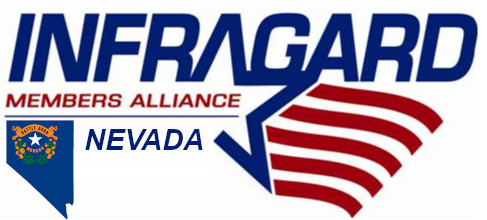The Chemical/Hazardous Materials Sector is an integral component of the U.S. economy, relying on and supporting a wide range of other critical infrastructure sectors.
The sector can be divided into five main segments, based on the end product produced:
- Basic chemicals
- Specialty chemicals
- Agricultural chemicals
- Pharmaceuticals
- Consumer products
Each of these segments has distinct characteristics, growth dynamics, markets, new developments, and issues.
The majority of Chemical Sector facilities are privately owned, requiring the Department of Homeland Security to work closely with the private sector and its industry associations to:
- Set goals and objectives
- Identify assets
- Assess risks
- Prioritize needs
- Implement protective programs
The Department of Homeland Security builds stakeholder capacity and enhances critical infrastructure security and resilience through voluntary partnerships that provide training, resources, and exercises. The Department has also issued regulatory Chemical Facility Anti-Terrorism Standards (CFATS) for any facility that manufactures, uses, stores, or distributes certain chemicals at or above specified quantities or concentrations.
